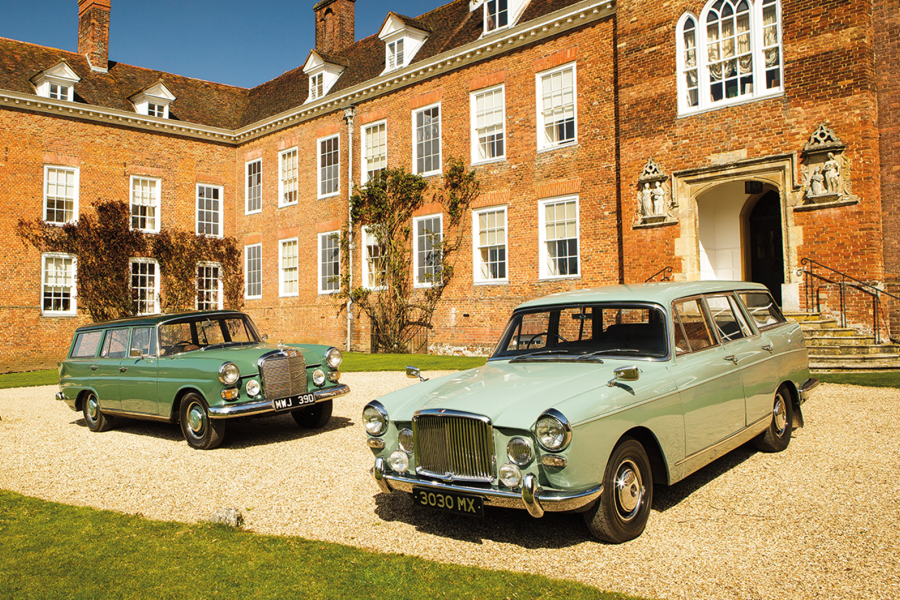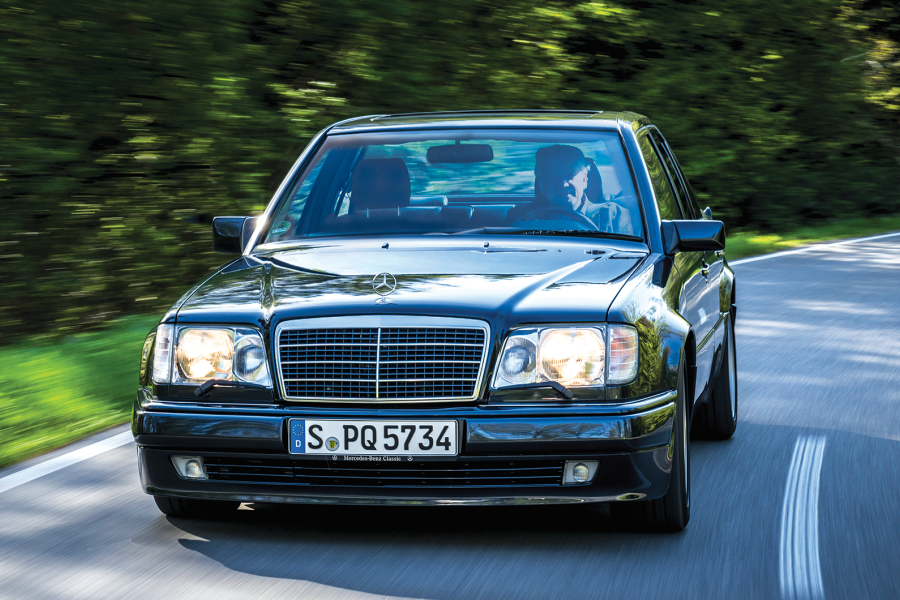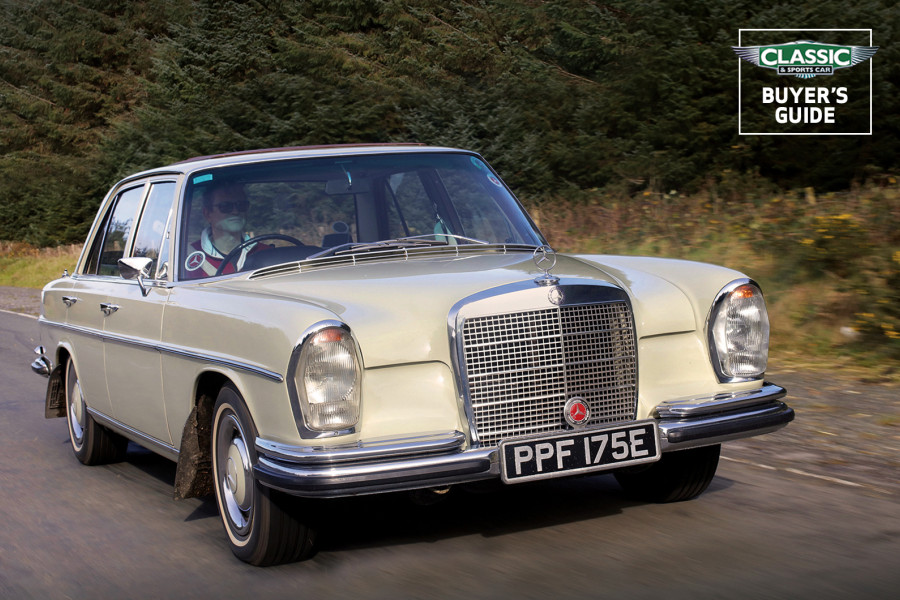
Why you’d want a Mercedes-Benz G-Wagen
Designed by Austrian Erich Ledwinka, son of Hans of Tatra/Steyr fame, the G-Wagen was built in Austria by Steyr-Daimler-Puch, incorporating engines, transmissions, axles and steering from Mercedesʼ Stuttgart factories. Some were also badged Puch right up to 2000.
It was originally conceived for military use and is more popular in that role now than it was 40 years ago, with even the British Army considering it for use as a General Service Utility Platform (GSUP).
Its timeline is immensely complex, with a huge range of engines.
Aside from the military versions, which are much more basic, the original W460 G-Wagen ran from 1979 to 1991, by which time the more luxurious W463 had been launched alongside.
The W461 followed the W460 until 2009, but the W463 continues to this day after a major redesign for 2018.

The G-Wagen hit British lanes in 1982. The UK spec included diff locks front and rear, high and low ratios, and selectable two-wheel drive.
With its utilitarian looks, plus being 7in higher, 3in shorter and narrower than the Range Rover, it provided the encouragement that Land-Rover needed to go ahead with the Discovery.















